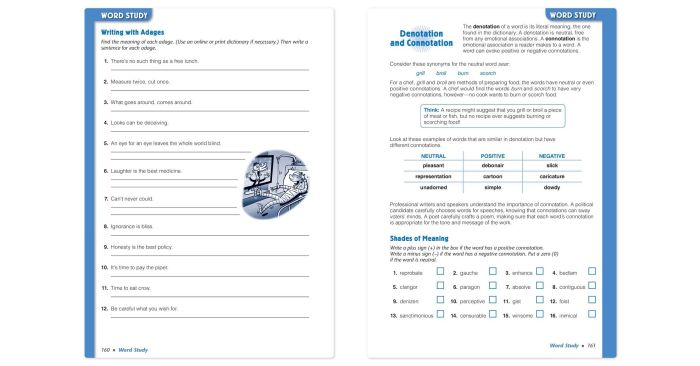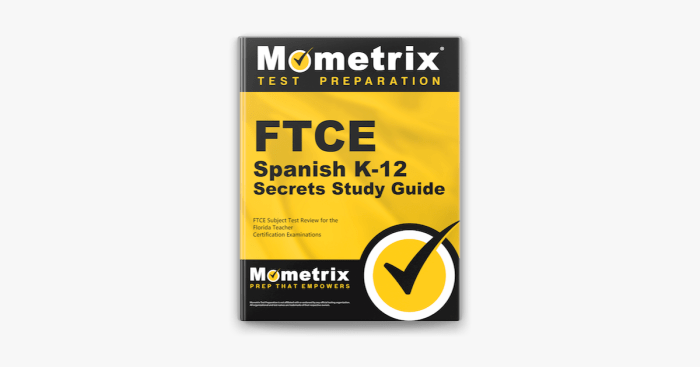Cody wants to compare how students – Cody embarks on a captivating journey to explore the multifaceted world of student assessment, learning styles, and engagement. This comprehensive analysis delves into the intricacies of student performance, offering valuable insights into the methods used to measure and compare their progress.
Through a thorough examination of grading scales, standardized testing, and portfolios, Cody unveils the advantages and disadvantages of each approach. He sheds light on the diverse learning styles that students possess, exploring their impact on the learning process and sharing effective strategies for accommodating these differences in the classroom.
Student Performance Comparison
Evaluating student performance is crucial for educators to assess students’ understanding of the subject matter and identify areas for improvement. Multiple methods are employed to compare student performance, each with its own advantages and disadvantages.
Standardized Testing
Standardized testing involves administering the same test to a large group of students under controlled conditions. These tests are designed to measure specific skills and knowledge and are often used for large-scale assessments, such as college entrance exams or state proficiency tests.
- Advantages:Provides a standardized measure of student achievement, allowing for comparisons across different schools, districts, and states. It can also be used to track student progress over time.
- Disadvantages:Can be stressful for students and may not accurately reflect their true abilities due to factors such as test anxiety or cultural bias.
Student Learning Styles
Every student has a unique way of learning that works best for them. Understanding the different learning styles can help teachers create more effective learning environments that meet the needs of all students.There are four main learning styles:
Visual Learners, Cody wants to compare how students
Visual learners learn best by seeing information. They prefer to use charts, graphs, diagrams, and other visual aids. They may also enjoy watching videos or demonstrations.
Auditory Learners
Auditory learners learn best by hearing information. They prefer to listen to lectures, discussions, and other audio recordings. They may also enjoy reading aloud or singing.
Kinesthetic Learners
Kinesthetic learners learn best by doing. They prefer to move around and participate in hands-on activities. They may also enjoy playing games or simulations.
Reading/Writing Learners
Reading/writing learners learn best by reading and writing. They prefer to read books, articles, and other written materials. They may also enjoy writing essays, stories, or poems.
Student Engagement
Student engagement is the level of interest, motivation, and involvement that students show in their learning. It is an important factor in student success, as engaged students are more likely to be successful in their studies. There are many factors that influence student engagement, including motivation, interest, and classroom environment.
One of the most important factors that influence student engagement is motivation. Students who are motivated to learn are more likely to be engaged in their studies. There are many different types of motivation, including intrinsic motivation (the desire to learn for its own sake) and extrinsic motivation (the desire to learn to achieve a goal).
Both intrinsic and extrinsic motivation can be effective in increasing student engagement.
Another important factor that influences student engagement is interest. Students who are interested in the material they are learning are more likely to be engaged in their studies. Teachers can increase student interest by making the material relevant to students’ lives, by using engaging teaching methods, and by providing opportunities for students to explore their interests.
The classroom environment can also play a role in student engagement. A positive classroom environment is one in which students feel safe, respected, and supported. Students who feel comfortable in their classroom are more likely to be engaged in their studies.
Teachers can create a positive classroom environment by establishing clear rules and expectations, by being respectful of students, and by providing opportunities for students to participate in their learning.
Effective Strategies for Increasing Student Engagement
There are many effective strategies that teachers can use to increase student engagement. Some of these strategies include:
- Providing opportunities for students to be active learners.
- Using a variety of teaching methods.
- Making the material relevant to students’ lives.
- Providing opportunities for students to collaborate with each other.
- Creating a positive classroom environment.
The Role of Technology in Enhancing Student Engagement
Technology can be a powerful tool for enhancing student engagement. There are many different ways that technology can be used to increase student engagement, including:
- Using interactive whiteboards or other technology to create engaging presentations.
- Using online games and simulations to make learning more fun and interactive.
- Using social media to connect with students outside of the classroom.
- Providing students with access to online resources and materials.
Student Behavior
Student behavior in the classroom is a complex and multifaceted phenomenon. Teachers must be able to recognize and understand the different types of student behavior in order to create a positive and productive learning environment. Positive student behavior includes behaviors that are conducive to learning, such as active participation, cooperation, and respect for others.
Negative student behavior includes behaviors that interfere with learning, such as disruptive behavior, defiance, and aggression. Disruptive student behavior can be particularly challenging for teachers to manage, as it can lead to a loss of instructional time and a decrease in student engagement.
Causes of Student Behavior
There are many different factors that can contribute to student behavior, including the student’s home environment, peer group, and individual personality. Some students may be more likely to engage in disruptive behavior due to factors such as poverty, trauma, or learning disabilities.
It is important for teachers to be aware of the potential causes of student behavior in order to develop effective strategies for managing it.
Strategies for Managing Challenging Behavior
There are a variety of strategies that teachers can use to manage challenging student behavior. These strategies include:
- Setting clear expectations and rules for behavior.
- Providing positive reinforcement for good behavior.
- Using consequences for negative behavior.
- Working with parents and other professionals to develop a comprehensive behavior plan.
Student Collaboration
Student collaboration is a valuable practice that offers numerous benefits for students, including enhanced learning outcomes, heightened motivation, and the development of crucial social skills. Collaboration fosters a dynamic learning environment where students work together, share ideas, and learn from one another.
Strategies for Fostering Collaboration
Effective strategies for promoting collaboration in the classroom include:
- Group Projects:Assigning students to work in groups on projects encourages them to contribute their unique perspectives and collaborate to achieve a shared goal.
- Peer Review:Having students review and provide feedback on each other’s work fosters critical thinking and allows them to learn from different approaches.
- Discussion Forums:Online discussion forums provide a platform for students to engage in asynchronous discussions, share resources, and collaborate on assignments.
- Collaborative Games:Incorporating games that require students to work together towards a common objective can make learning fun and engaging.
Challenges and Solutions
While student collaboration offers significant benefits, it also presents certain challenges:
- Free Riding:Ensuring that all students contribute equally to collaborative tasks can be challenging. Solutions include setting clear expectations and holding students accountable.
- Conflict Resolution:Disagreements and conflicts can arise within collaborative groups. Providing students with conflict resolution strategies and encouraging open communication can mitigate these issues.
- Time Management:Coordinating schedules and ensuring that all students are available for collaboration can be time-consuming. Establishing clear timelines and using technology for scheduling can help address this challenge.
FAQ Summary: Cody Wants To Compare How Students
What is the most effective method for comparing student performance?
The effectiveness of a method depends on the specific context and purpose of the comparison. Standardized testing provides a standardized measure across a large population, while grading scales offer a more individualized assessment. Portfolios allow for a comprehensive evaluation of student work over time.
How can I accommodate different learning styles in my classroom?
Provide diverse learning experiences that cater to visual, auditory, kinesthetic, and reading/writing preferences. Use visual aids, incorporate hands-on activities, encourage group discussions, and offer written materials to support all learning styles.
What are some effective strategies for increasing student engagement?
Foster a positive and supportive classroom environment, set clear expectations, provide opportunities for student choice, incorporate technology to enhance learning, and encourage active participation and collaboration.



